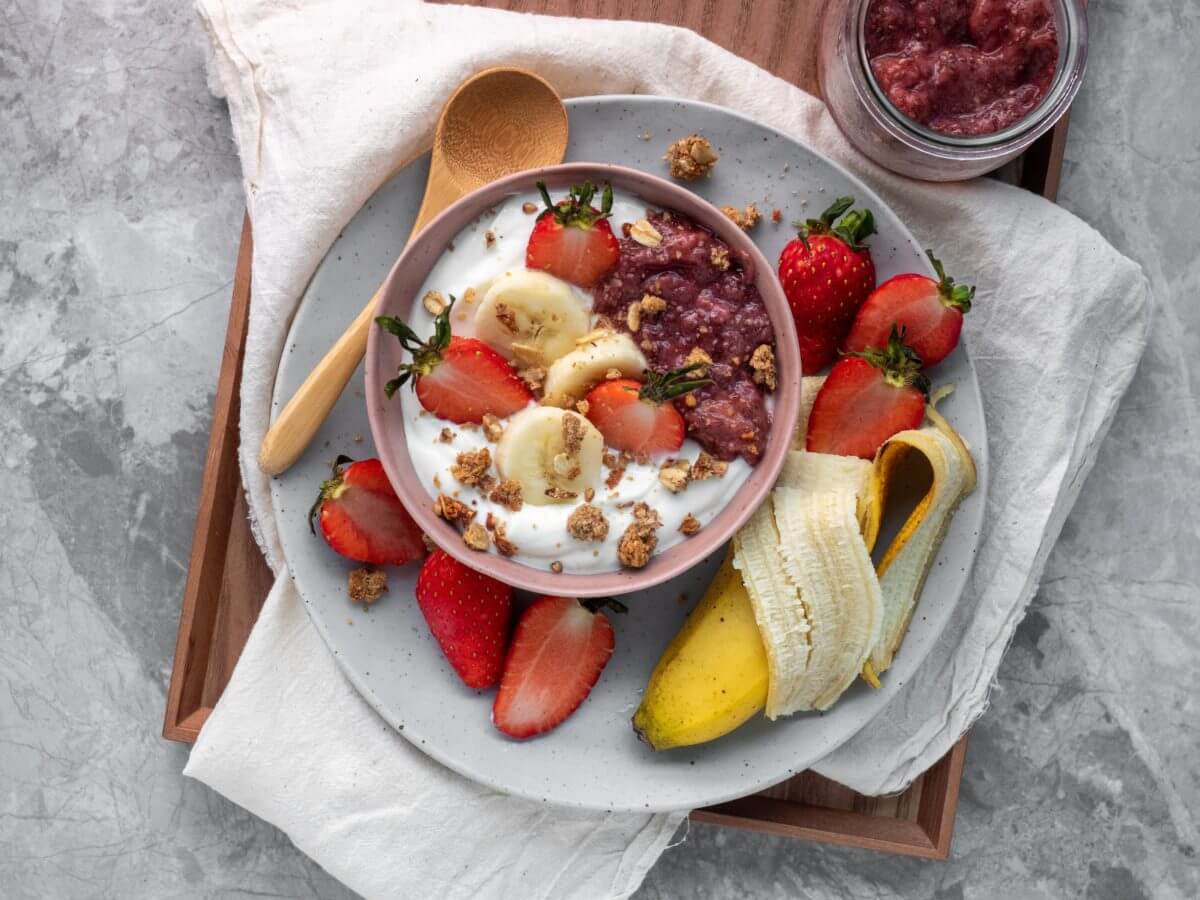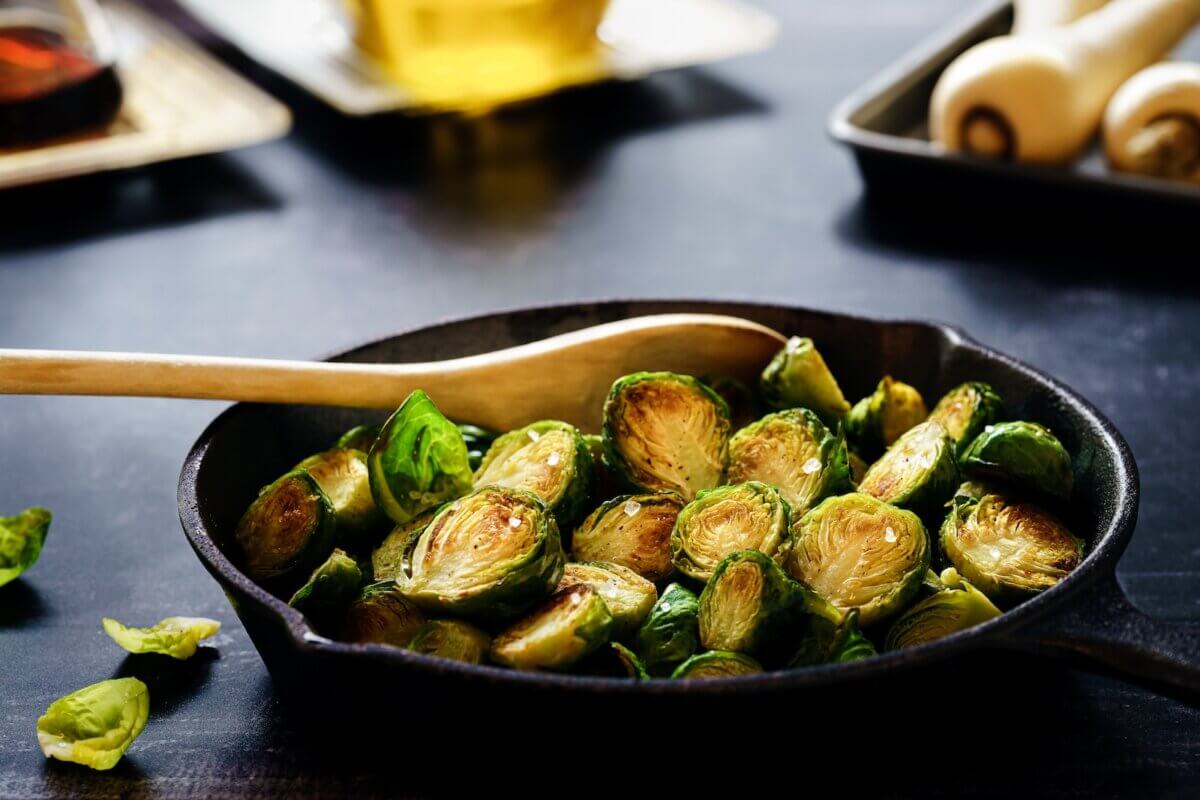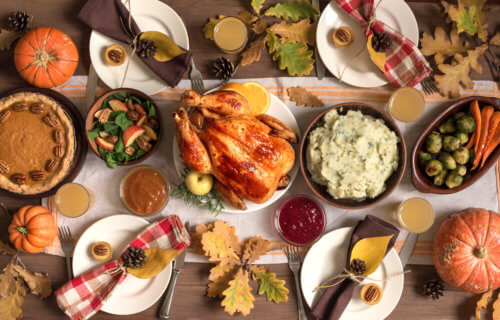Thanksgiving is here! For people on a health journey, however, holiday eating can be one of the toughest things to navigate. If this sounds like you, you may be wondering if you can indulge within reason or if you have to stick to your plan to reach your goals.
If you’re looking to let that day slide, that is completely within your right. It’s exceedingly unlikely that one meal will cause a detriment to your health and/or weight loss progress. However, for some, one day might turn into a few days, and a few days might turn into old habits coming back.
If you want to enjoy your favorite holiday foods while keeping yourself on track as much as possible, here are some helpful tips for a healthy Thanksgiving.
1. Don’t skip breakfast
It’s the most typical thing to do. Skip breakfast and other meals to “save room” in your stomach for the big dinner and desserts to follow. You would think that by doing this, you are reducing your overall caloric intake for the day since you aren’t eating a bunch of meals. This usually isn’t the case, as the numbers usually work out the same, or you may actually eat more than you would have if you just ate normal meals throughout the day.
This is because starting your day with breakfast (especially one high in protein) helps to stabilize your blood sugar throughout the day. Keeping the streak going by eating lunch is just as important. This way, by the time Thanksgiving dinner comes out of the oven, you don’t feel the need to overeat and rip apart your plate by making yourself go hungry.

2. Load up on the vegetables
Research consistently shows that eating more vegetables can improve health outcomes. Thanksgiving is usually carb-heavy, between the mashed potatoes, dinner rolls, mac and cheese, and stuffing. However, vegetables are usually around somewhere, whether it be green beans, collard greens, or something else your family or friends usually have on the table. The more veggies you put on your plate, the more fiber you will take in. The fiber can help blunt the effects that the white and/or refined carbohydrates will have on your blood sugar. Fiber also helps increase satiety, helping you feel fuller for longer.

3. Prioritize water
Ciders, teas, lemonades, and sodas, are pretty common drinks to have at Thanksgiving and other holiday dinners. These drinks are usually full of added sugars that don’t provide much nourishment or nutritional benefit. If you are already eating more carbohydrates than normal, adding even more in the form of sweetened drinks may not be the best move.
It’s generally OK to have a little, but try to prioritize multiple glasses of water instead of punch. Water can also help you feel full, which may be beneficial for you if you are concerned about overeating.

4. Don’t let anxiety get the best of you
This one might seem a little less self-explanatory, but it’s worth discussing. Thanksgiving is just one day. Holidays and planned days of eating, in general, can induce a lot of anxiety for people.
It’s important in all of this to remember that it is okay to eat your favorite foods that aren’t too healthy as long as you know that is something you can mindfully do. Health is not about deprivation. Thanksgiving is about spending time with people you love and care about over a great meal. Eating a piece of pie with your family and friends is a fulfilling experience that you deserve to have, even if you are on a weight loss or lifestyle change journey.
Happy Thanksgiving!
You might also be interested in:
- These 5 Antioxidant-Heavy Cranberry Recipes By Expert Chefs Can Boost Your Health This Thanksgiving
- We’re often told to ‘eat in moderation,’ but what’s that really mean? Here’s one dietitian’s take, along with 3 simple steps
- 5 Heart-Healthy Green Bean Casserole Recipes For Thanksgiving Perfection, Per Experts
